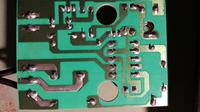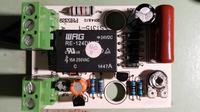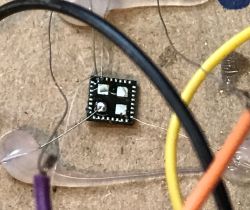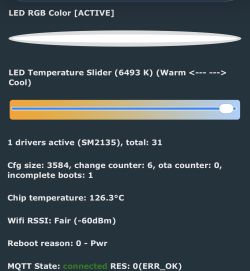Hello.
I don't know if this is the right section, but it seemed the most appropriate, but to the point.
I have a twilight switch with the ORNO OR-CR-233 probe and the problem is that it switches on when there is a light gray light, and I want it to switch on at least when there is a strong gray light, the potentiometer is already set to the maximum on the moon and I can't do without replacing the elements.
I've already tried giving resistors in series and in parallel to the potentiometer but nothing helped, in series it was even worse.(The potentiometer is 2.2M) when I put a 10k potentiometer in the detector circuit, this turns it on somewhere around 6-6.5k (the probe seems to be a simple 5-10k photoresistor). Any advice will be useful, and if it doesn't work I guess I'll have to put this "toy" in a box and buy another.
I am attaching pictures of the circuit.
 .
.

I don't know if this is the right section, but it seemed the most appropriate, but to the point.
I have a twilight switch with the ORNO OR-CR-233 probe and the problem is that it switches on when there is a light gray light, and I want it to switch on at least when there is a strong gray light, the potentiometer is already set to the maximum on the moon and I can't do without replacing the elements.
I've already tried giving resistors in series and in parallel to the potentiometer but nothing helped, in series it was even worse.(The potentiometer is 2.2M) when I put a 10k potentiometer in the detector circuit, this turns it on somewhere around 6-6.5k (the probe seems to be a simple 5-10k photoresistor). Any advice will be useful, and if it doesn't work I guess I'll have to put this "toy" in a box and buy another.
I am attaching pictures of the circuit.
 .
.







